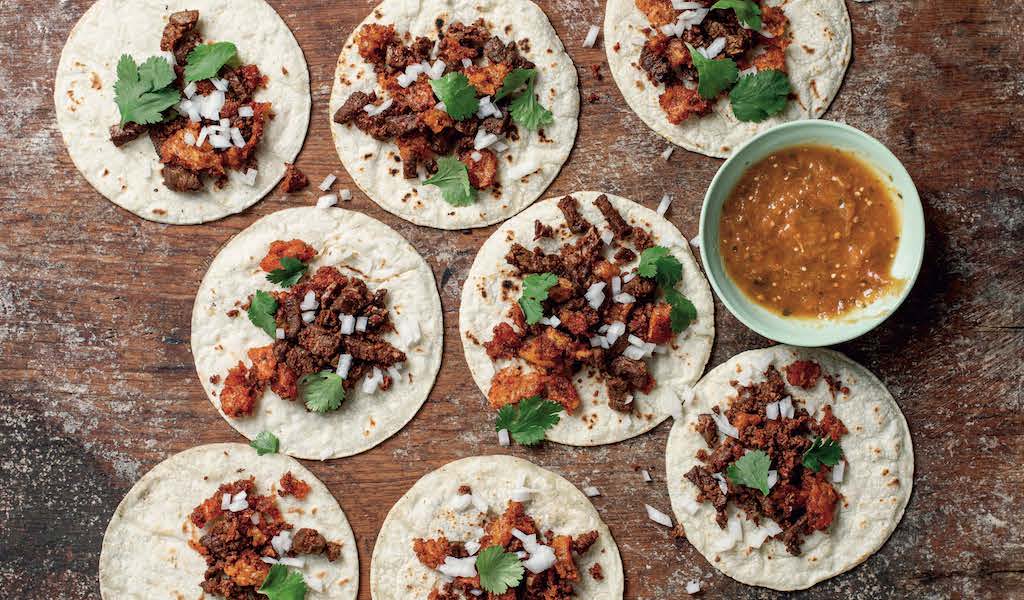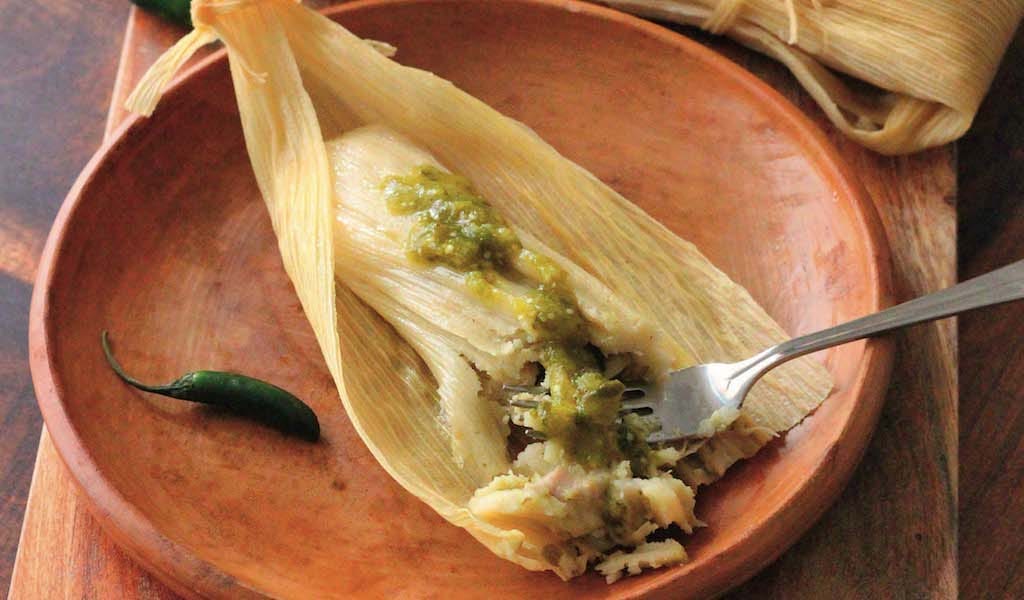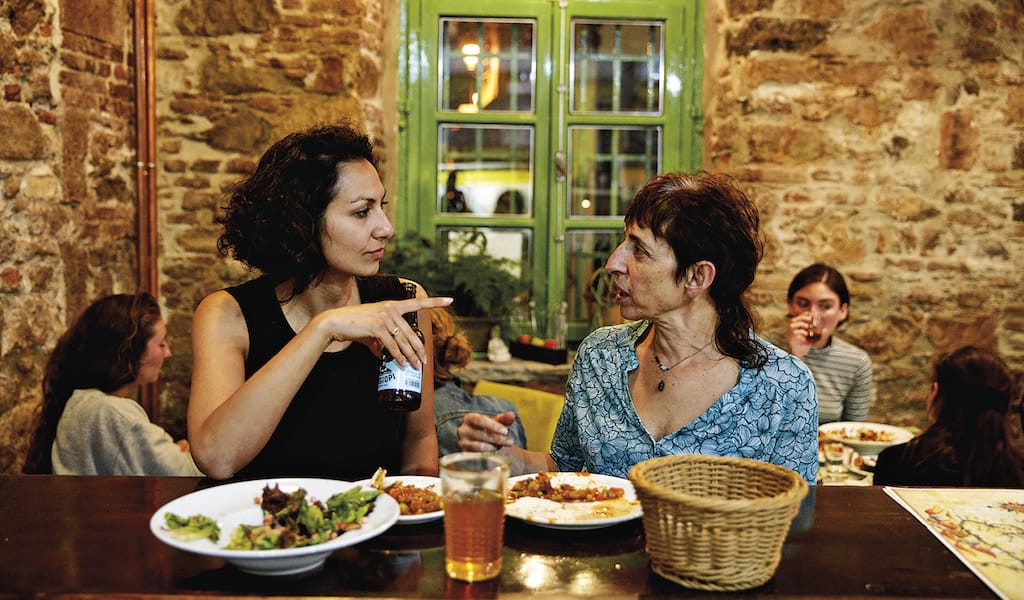We recently spoke with Mexican chef Pati Jinich about her new cookbook, Treasures of the Mexican Table: Classic Recipes, Local Secrets (Mariner Books; November, 2021). Pati is host of the James Beard Award winning and Emmy nominated public television series Pati’s Mexican Table and has published two other cookbooks on Mexican cuisine – the first also called Pati’s Mexican Table (Mariner Books; March 2013) and the second, Mexican Today (Mariner Books; April 2016). She is also the host of the new PBS Primetime special La Frontera, where she travels along the Texas-Mexico border to explore its food and culture.

What inspired you to write this book?
This is a cookbook that I’ve been working on for the past four years. There are so many foods that people already know and love and recognize from the Mexican repertoire that are classics, like chicken tinga and barbacoa. And, apparently, now everyone loves birria. But I felt there were so many more treasures – classic recipes with so much story and depth behind them that can be used and can enrich any table. Recipes that can be accessible, adaptable … and that are also classics of Mexican cooking, but that are not yet known.
These are recipes that haven’t crossed the border, and sometimes they even haven’t crossed regions in Mexico. And so, my hope with this book was that I could bring these classics to the table and say: Hey, you already have 10 or 12 classic Mexican recipes that you know? Here’s another 150.
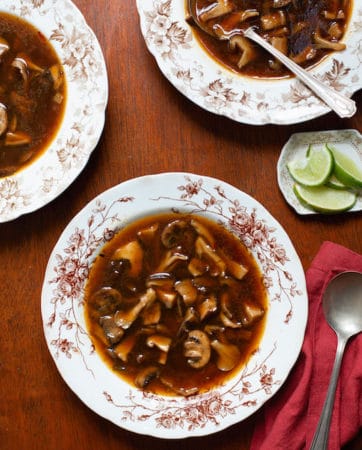
A good example is salsa macha, which comes from the state of Veracruz, and is traditionally a mix of one nut or another (typically peanuts), a dried chile or another (typically chipotle), and a lot of garlic. You cook that in olive oil, sometimes with seeds, and then add a splash of vinegar and a little bit of a sweetener. It can be piloncillo or sugar.
As you move through Mexico, salsa macha has spread and different chiles are added, different notes are added. So, you have like a formula that you can then play with. I add guajillos and chiles de arbol, and then I also add pumpkin seeds and tamarind seeds. And you have this thing that’s like this magical concoction that I put on avocado toast or on yogurt or ice cream. That you can spoon on top of oatmeal or pancakes. That you can eat with crackers. This is just one example of one classic Mexican dish that you can adapt; you can make your own.
Also, this salsa comes from Veracruz, [a] place in Mexico that opens up to the Gulf of Mexico, where immigrants have come through. So, my hope is that all these classic recipes give you the tools and the stories to bring so much meaning to your home.
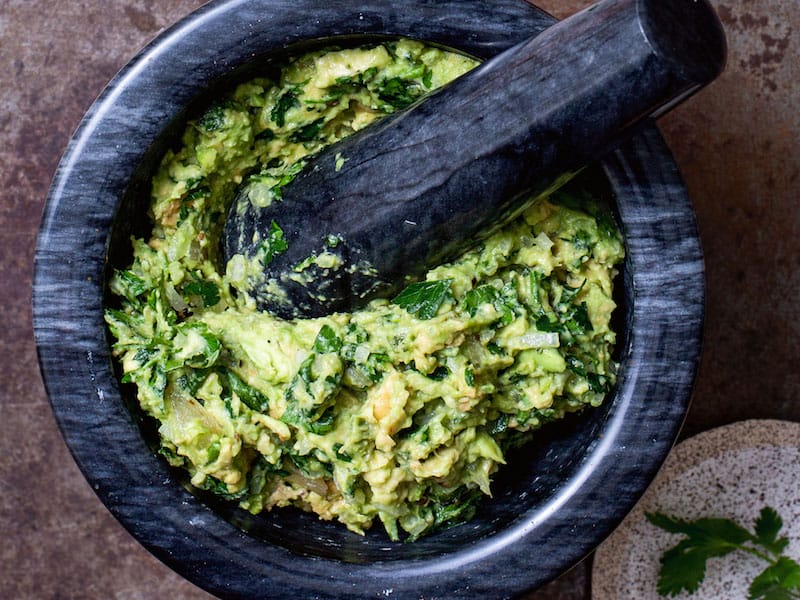
In your introduction, you present the idea that while we often talk about “Mexican food,” that term misses out on how diverse the cooking of Mexico actually is. Can you elaborate on that?
When people think about Mexican food, it’s a very narrow category. They think tacos or enchiladas, but there aren’t just different culinary regions in Mexico but different historical periods, from Baroque to pre-Hispanic times. So, one of the book’s goals is to also to break myths about Mexican cooking – it’s not just refried beans. You have these regions and microregions and different historical periods. The recipes in the book are for dishes that have withstood the test of time.
Within Mexico itself, how would you describe the understanding of the country’s regional culinary diversity? What kind of culinary interplay is there between different regions?
We Mexicans don’t, even amongst ourselves, appreciate or understand to a full extent our culinary richness and diversity, because there are so many regional cuisines. Some people say it’s 32 for the 32 states of Mexico, or five or seven for the main large regions – but it’s really dozens and dozens and dozens. There will be different cuisines even within a state or a region, like say Oaxaca, which has eight very different culinary regions. Michoacán, which is another state, has four very different culinary regions.
“There aren’t just different culinary regions in Mexico but different historical periods, from Baroque to pre-Hispanic times.”
A good example is me, because I grew up in central Mexico, in Mexico City. And for me, the main way to eat Mexican food is with corn tortillas. And I used to think of flour tortillas as something very Americanized, until I went to Sinaloa and Sonora to film my show Pati’s Mexican Table, and I realized that flour tortillas have existed for over 500 years in the region. And they’re deeply Mexican and deeply entrenched and absolutely delicious. They can give any corn tortilla a run for its money.
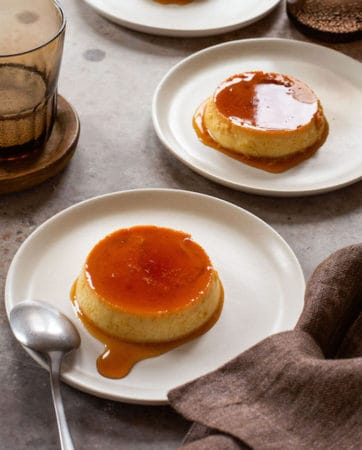
Was there any particular type of dish or cooking that came as a surprise to you while doing your research?
Everything! It was just crazy. Aside form just some salsas and desserts that I knew, more than half the book was a surprise to me. I learned so much while working on this book. A good example is something called the destrozado, which I learned about in Guadalajara. I went there to learn about tortas ahogadas, which is a classic from Guadalajara.
In that same stand, some people were ordering the destrozado, which is a fried corn masa quesadilla stuffed with mashed potatoes or refried beans. They tear it into pieces, and then they top it with carnitas and the salsas that go over the torta ahogada, and some kind of a pickled slaw. And it’s like a new classic that is very recent and will probably endure, you know?
As I was researching for Treasures of the Mexican Table, I really dug into vegetarian foods that came from micro-regions, like Campeche and the Yucatán. There’s this green bean dish that’s green beans cooked in a kind of a corn sauce, where you puree fresh corn or thawed frozen corn with epazote and you cook the green beans in that. And then you top them with a chunky tomato salsa and some ground pumpkin seeds.
And you would think that this is like a new modern, vegetarian Mexican dish and, it turns out, that this is a pre-Hispanic dish that has been made in the Yucatán Peninsula since before the Spanish arrived. Before, they used to cook it in some pots that were heated with open fire. Then, really smoldering rocks were thrown in that pot to cook the beans with the corn and the tomatoes. Of course, I use a different method in my book. But, I learned all these new things: from ancient pre-Hispanic dishes that hadn’t been brought to the surface and made available to the mainstream in Mexico or the US, as well as new classics that are being created.
Not to play favorites, but which region’s cooking left the deepest impression on you?
That’s a really difficult question. There are so many variations within the same theme to choose from. It can also be a single moment of cooking. There’s a pork dish from the Yucatán that’s cooked in tomatoes and onion. That’s it. It’s a very famous dish in the Yucatán. I had heard about it in so many places. People kept telling me about it, but what I tasted was usually just tomatoey and brothy, with pork that didn’t taste like much. Until I got to the town of Valladolid, and tasted a version to die for.
The pork is cooked with the tomatoes and onions until it’s almost caramelized. … I was smitten. It was the way they cooked it … at Mesón de Marqués Hotel. This was the version that everyone was talking about, that people cry about in their dreams. That’s what I wanted to capture in this book.
This interview has been condensed and edited.
Click here to purchase Pati Jinich, Author of “Treasures of the Mexican Table: Classic Recipes, Local Secrets.” out Nov. 23!
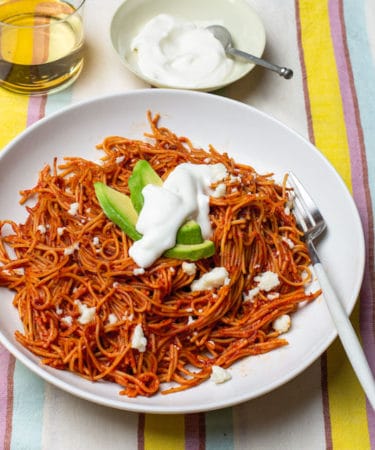
Recipe: Mexican-Style Pasta with Three-Chile Sauce (Fideo Seco a los Tres Chiles)
In Mexico, you are as likely to find the comforting pasta dish fideo seco on the table as beans or rice, especially in central Mexico, where it is very popular. We cook fideos not as the Italians do, but like the Spanish, who brought them to Mexico, first frying them in oil until they are toasty and nutty-tasting, then simmering them in a tomato-based sauce or broth until the sauce thickens considerably and coats the noodles. Forget al dente – our pasta is soft, and that’s the way we love it. The dish is called fideo seco – dry noodles – because it is not saucy at all. It’s also very convenient, because you can make it ahead. You can get packages of fideo pasta, thin noodles broken into pieces, in stores that sell Mexican ingredients, but you can also use thin Italian noodles such as vermicelli, angel hair, thin spaghetti or spaghetti, and break them up yourself.
I include three different kinds of dried chiles – ancho, guajillo and chipotle – here in addition to tomatoes, onion and garlic. For one more layer of complexity – a bit of sweetness in addition to smoky heat – I add some adobo sauce from chipotles in adobo. Top with a drizzle of crema and a sprinkling of tangy cheese, with some sliced avocado to counterbalance the heat of the chiles, and I guarantee that you’ll make it again and again.
1 1⁄2 pounds ripe tomatoes or 1 (28-ounce) can whole tomatoes
1 garlic clove, peeled
1 dried guajillo chile, stemmed and seeded
1 dried ancho chile, stemmed and seeded
1 dried chipotle chile, preferably morita
1⁄4 cup coarsely chopped white onion
1 tablespoon sauce from chipotles in adobo
1⁄2 teaspoon crumbled dried oregano
11⁄2 teaspoons kosher salt, or more to taste
1⁄4 teaspoon freshly ground black pepper
3 tablespoons vegetable oil
1 pound fideos, or vermicelli, angel hair, or spaghettini, broken into smaller pieces
3 cups chicken or vegetable broth
2 bay leaves
1⁄2 cup crema or sour cream
1⁄2 cup crumbled queso Cotija or añejo, or, for a milder, moister cheese topping, queso fresco, feta, or farmers’ cheese
1 ripe avocado, halved, pitted, and sliced, for garnish
Place the fresh tomatoes, if using, garlic, and guajillo, ancho, and chipotle chiles in a medium saucepan and cover with water. Bring to a boil, reduce the heat to medium, and simmer until the tomatoes are soft and the chiles are softened, about 10 minutes. Remove the chipotle and allow it to cool until you can handle it, then remove the stem and seeds.
Using a slotted spoon, transfer the tomatoes, garlic, and chiles (including the chipotle) to the blender, then add 1⁄2 cup of the cooking liquid. Add the canned tomatoes and their juice, if using, the onion, adobo sauce, oregano, salt, and pepper and puree until smooth.
Heat the oil in a Dutch oven or large deep skillet over medium heat. Add the pasta pieces and cook, stirring constantly, until they are nicely browned and smell toasty, 4 to 8 minutes. Take care not to burn them.
Pour in the tomato-chile puree, using the lid to shield yourself, as it will sizzle and splatter. Stir to combine with the noodles and cook, stirring often, until the sauce thickens and darkens, 5 to 6 minutes.
Stir in the broth and bay leaves. Continue to cook, uncovered, stirring occasionally to keep the pasta from sticking, until the pasta is soft and the tomato sauce has thickened, 10 to 12 minutes. The mixture should be quite dry. Remove and discard the bay leaves.
Serve garnished with the cream, cheese, and avocado slices.
Cook’s Note: The variety of dried chiles you use for this dish is not set in stone. If you don’t have one or the other of the chiles listed, use two of the same kind, or choose another chile. You could also substitute a canned chipotle in adobo for the dried one.
Recipe excerpted from Pati Jinich “Treasures of the Mexican Table: Classic Recipes, Local Secrets.” Reproduced by permission of Mariner Books, an imprint of HarperCollins Publishers. Photos by Angie Mosier.
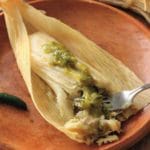 January 12, 2021 CB Book Club
January 12, 2021 CB Book Club
We recently spoke to Mely Martínez about her cookbook, The Mexican Home Kitchen (Rock […] Posted in Mexico City May 4, 2021 CB Book Club
May 4, 2021 CB Book Club
We spoke to travel writer and cook Yasmin Khan about her latest cookbook, Ripe Figs: […] Posted in Athens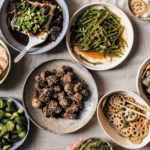 March 16, 2021 CB Book Club
March 16, 2021 CB Book Club
We recently spoke to Betty Liu about her new cookbook, My Shanghai (Harper Design, March […] Posted in Shanghai
Published on November 02, 2021
Related stories
January 12, 2021
Mexico City | By Culinary Backstreets
Mexico CityWe recently spoke to Mely Martínez about her cookbook, The Mexican Home Kitchen (Rock Point, September 2020), which compiles the traditional home-style dishes that feed Mexican families day in and day out. These include comforting foods like caldo de pollo and carne con papas, celebratory recipes like mole poblano and pastel de cumpleaños, and classics…
May 4, 2021
Athens | By Culinary Backstreets
AthensWe spoke to travel writer and cook Yasmin Khan about her latest cookbook, Ripe Figs: Recipes and Stories from Turkey, Greece, and Cyprus (W. W. Norton & Company, May 4, 2021). Author of two cookbooks, The Saffron Tales and Zaitoun, Yasmin turns her focus to the Eastern Mediterranean in Ripe Figs. Using the kitchen table…
March 16, 2021
Shanghai | By Culinary Backstreets
ShanghaiWe recently spoke to Betty Liu about her new cookbook, My Shanghai (Harper Design, March 2021), which spotlights the home-style Shanghainese food she grew up eating. Organized by season, this handsome volume takes readers through a year in the Shanghai culinary calendar, with flavorful, deeply personal recipes that are daily fare for Betty and her…







































